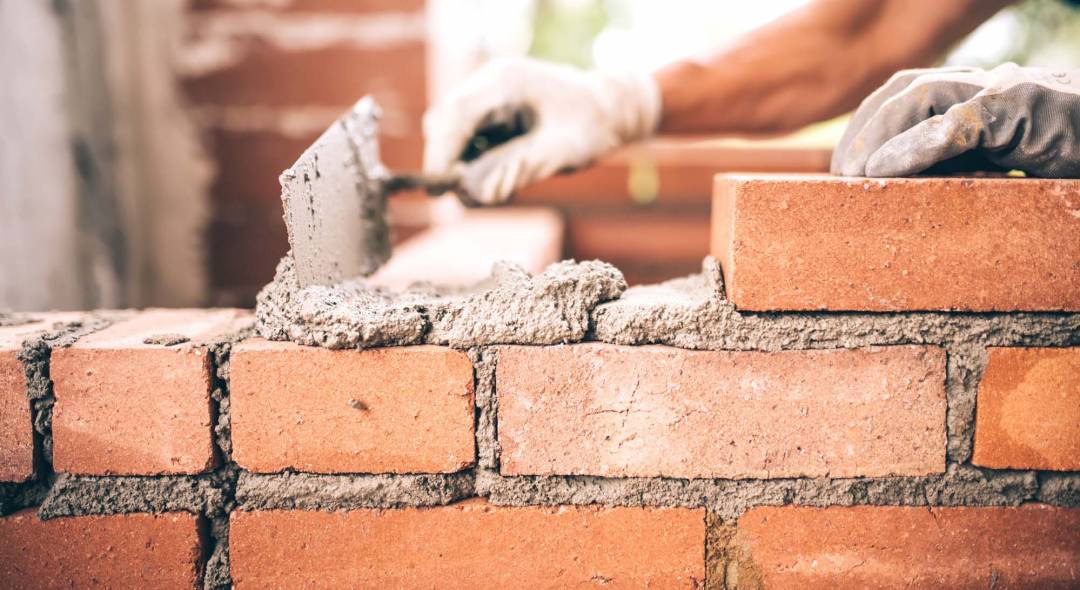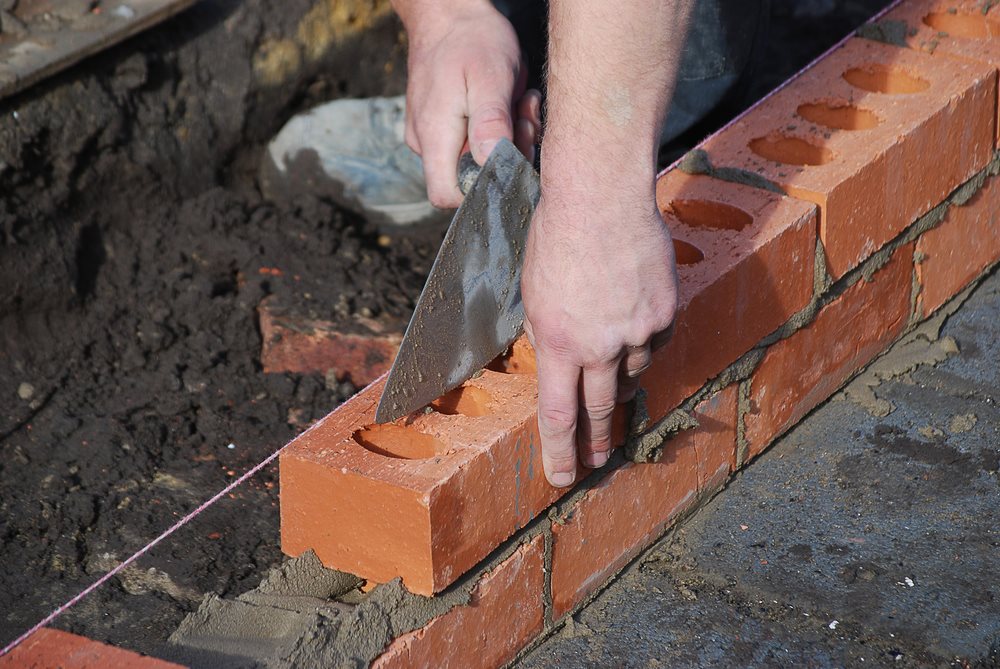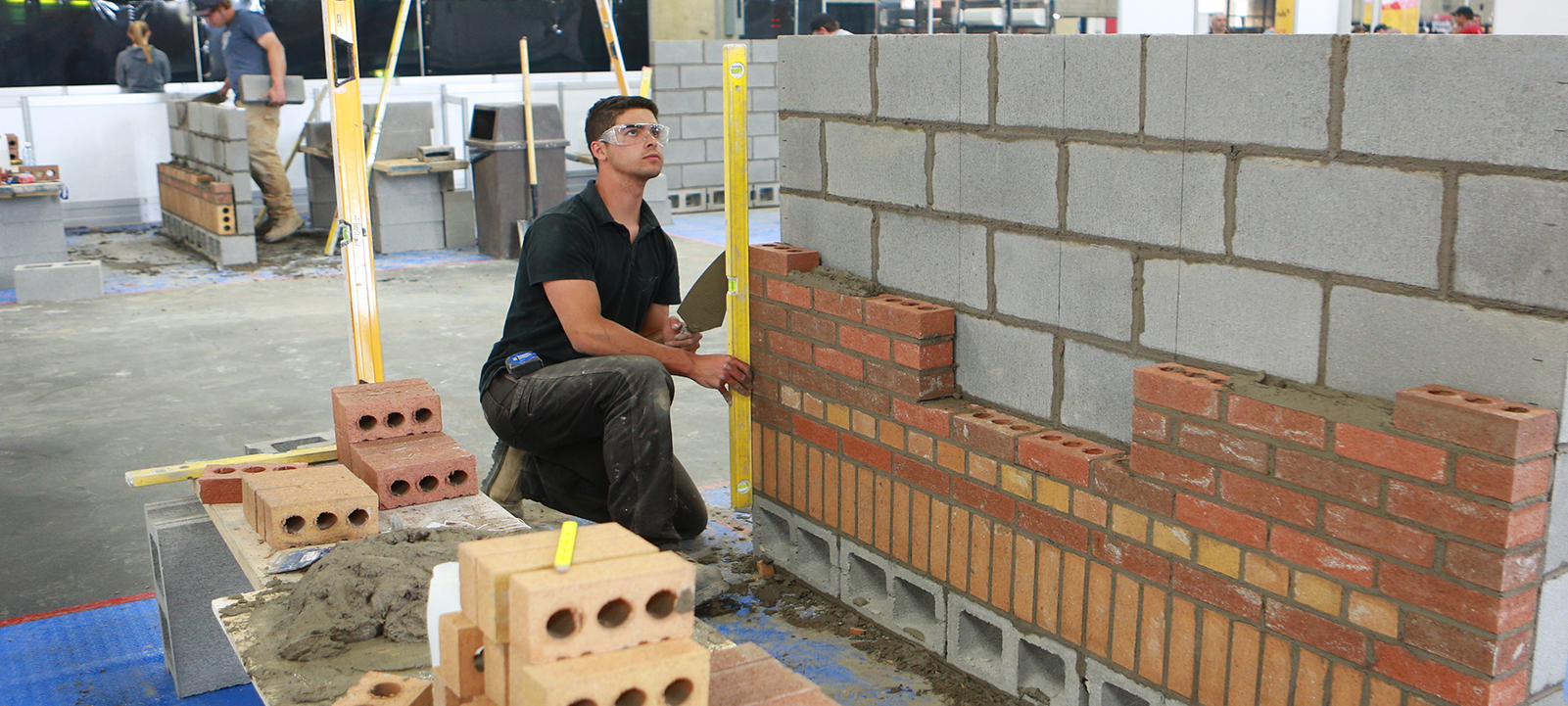Not known Factual Statements About Bricklayer Auckland
Table of ContentsThe smart Trick of Bricklayer Auckland That Nobody is Talking AboutThe Facts About Bricklayer Auckland RevealedBricklayer Auckland Can Be Fun For EveryoneThe smart Trick of Bricklayer Auckland That Nobody is Talking AboutHow Bricklayer Auckland can Save You Time, Stress, and Money.Some Of Bricklayer Auckland
Bricks must always be stacked on slabs; never ever pile them directly on unequal or soft ground. Do not save bricks on scaffolds or runways.Other than where piled in sheds, block heaps need to never ever be greater than 7 feet high. When a heap of brick gets to an elevation of 4 feet, it must be tapered back 1 inch in every foot of height over the 4-foot degree. The tops of block heaps must be kept level, as well as the taper need to be kept throughout unpiling procedures.
Structural bond refers to how the individual stonework devices interlock or link with each other into a solitary structural unit. Utilizing cement to stick nearby wythes of masonry.
Indicators on Bricklayer Auckland You Need To Know
Pattern bond refers to the pattern created by the masonry units and also mortar joints on the face of a wall (Bricklayer Auckland). The pattern might result from the architectural bond, or it may be totally attractive as well as unrelated to the architectural bond. Figure 4-4 reveals the six basic pattern bonds alike usage today.
The running bond is the most basic of the 6 patterns, being composed of all stretchers. Due to the fact that the bond has no headers, metal connections typically create the structural bond. The running bond is made use of mainly in cavity wall surface building and construction, brick veneer wall surfaces, and encountering tile wall surfaces made with extra broad cot tile.
Great bricks ought to not break down when put in water. Only when fat lime or clay mortar is made use of or when one is required to utilize bricks that are not well charred, this saturating policy has actually to be relaxed.
Indicators on Bricklayer Auckland You Should Know
In all situations, bricks should not be taken care of in baskets or in any kind of various other mode which will certainly ruin the sharpness of their sides. Exactly how do you develop a stonework wall? The procedure of bricklaying in regular basic job is as follows. A layer of mortar is spread out to cover the complete size of the wall surface for an appropriate length of the reduced course.
Finally, we push the side bulging mortar in strongly to be level with the face of the wall surface if it is to be left unplastered. In the common technique embraced by several masons, a row of blocks is first put on a slim layer of bed mortar leaving the cross joints empty.


The wall surfaces are elevated truly plumb. All programs are laid really straight and also all upright joints absolutely upright.
Bricklayer Auckland for Dummies
For this objective, a wooden straight side with college graduation giving a thickness of each block program including joint can be made use of for support. For a thick wall, the above procedure is repeated along with both faces of the wall surface and the indoor filling up bricks for the thick wall surface are laid in a comparable way.
This operation of loading open joints is called flushing-up. It is wrongly left out for a number of courses on some badly-executed jobs and just done after that (not after every course) in an ineffective manner. It is not an excellent method and ought to be avoided as it is essential that every course needs to be purged up to the degree useful content if great is required.

Not known Details About Bricklayer Auckland
The mortar climbing as well as loading the vertical joints completely as well as forms an exceptionally strong and also solid wall surface. This is known as larrying. For a rat catch bond work (as in the building and construction of tooth cavity wall surfaces), if the mortar is put carelessly on the brick, several of it will certainly fall under the tooth cavities and will be thrown away.
The face of the brickwork Check This Out will likewise be cleansed of all mortar droppings, etc(ii) When conditions make it essential to carry on a part of a structure in uneven programs, the job will be built back (according to the bond utilized on the job) at an angle not steeper than 45 levels so as to guarantee an attire and also effective bonding.
Or else, for faces to be smudged, finishing of the face joints ought to be lugged out as discussed in below (This is really important.)(iv) The walls must be uniformly raised throughout not leaving any kind of component one metre (3 feet) less than the other - Bricklayer Auckland. A day's work ought to not be more than 1.
Rumored Buzz on Bricklayer Auckland
When the facework is to be later plastered or the joints alone are to be sharp, the joints have to be raked while the wall surface is being constructed. Bricklayer Auckland. It needs to be raked to a minimal depth of link 12 mm by a raking tool throughout the progression of the job itself, when the mortar is still eco-friendly.
If gluing or pointing is not imagined, the joints need to be struck flush as well as finished at the time of laying itself, as already mentioned. Half-brick wall surfaces have a tendency to break unless care is absorbed its building. Brickwork in half-brick masonry is to be carried out with cots in 1: 5 mortar.